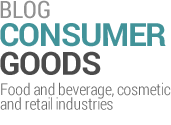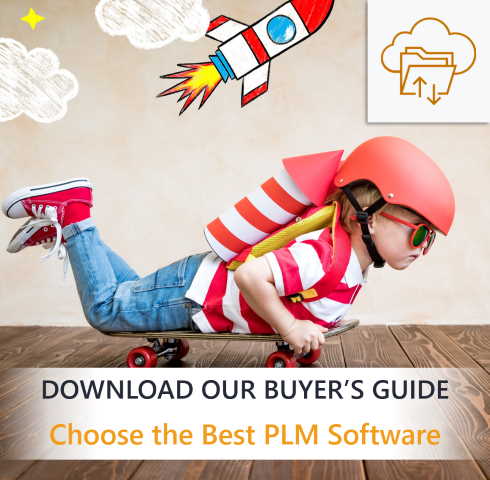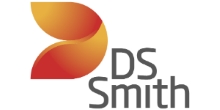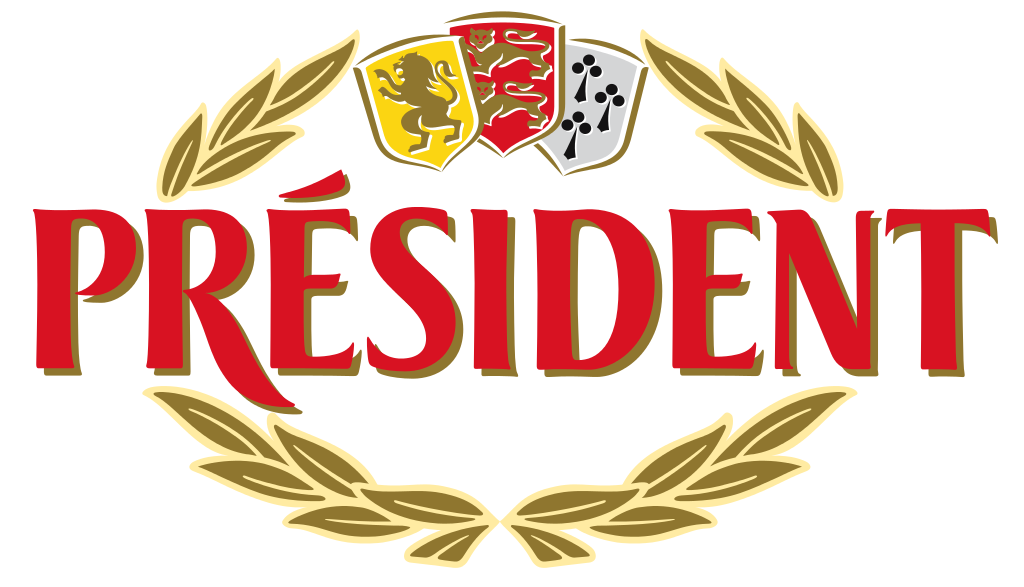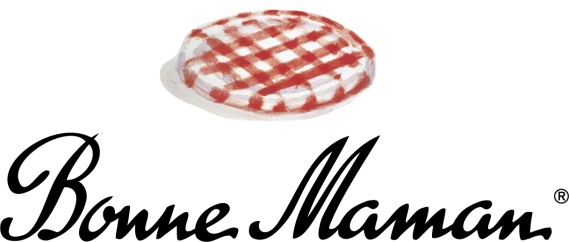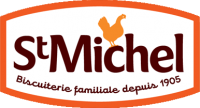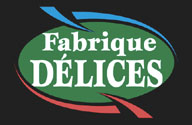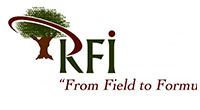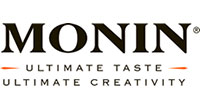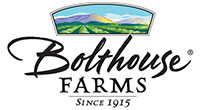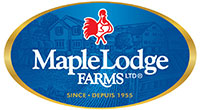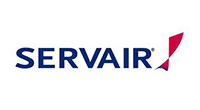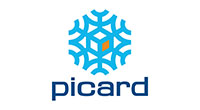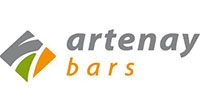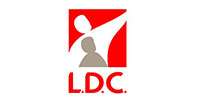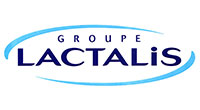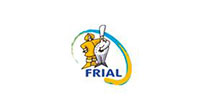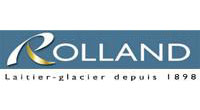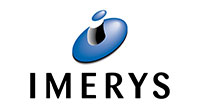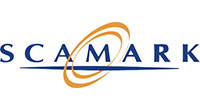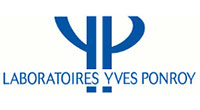
One of the central problems of the consumer-packaged goods industries is to ensure regulatory compliance of products marketed in one or more markets. In order to do this, companies need to be able to know the new laws and regulations in force that could impact the development of future products.
An essential tool for food and cosmetic companies
Regulatory intelligence is used to stay up to date with the latest regulations applicable to the company in order to remain competitive and anticipate risks. Regulatory compliance is a strategic point for companies, non-compliance may have disastrous consequences: product recalls, branding impacts, fines, etc. In food & beverage or cosmetic companies, compliance ranges from the authorization of an ingredient or additive to the rules of claims such as “organic” or “gluten-free” via labelling rules. Each of these points follows very strict standards that differ depending on the geographical area. For example:
- Food & beverage sector is governed: in Europe by the Regulation (EU) 1333/2008 for additives and ingredients and the Regulation (EU) 1169/2011 for labelling; in the United States by the Food and Drug Administration (FDA) and the Code of Federal Regulation (CFR).
- The cosmetics industry in Europe follows Regulation 1223/2009, and in Canada, the Food and Drugs Act.
Globalization and product diversification involve a proliferation of regulations to follow. Consumers are becoming more demanding, which leads to increasingly strict regulations, especially regarding additives. These factors subject the company to many challenges that complicate regulatory intelligence.
If setting up a regulatory base at a time ‘T’ is possible, and necessary, the important thing is to keep it up to date regularly and to pass on the new information at the right time. Thus, the primary challenge of regulatory intelligence is to quickly access the new relevant information, to understand it and to interpret it to deduce the impacts for its activities. This will enable informed strategic decisions to be made for the development of compliant products.
Regulatory intelligence: what methods?
Identifying the right texts at the right time requires a very structured approach:
- Select and access sources of information. The only reliable source of information is official texts, but every geographical area is not subject to the same ease of access as Europe or the United States. There are countries in which access to regulatory texts is much more complicated than a “simple” download of documents via the internet.
- Analyze and select potentially applicable texts. The objective of the regulatory intelligence is to provide the company with the applicable rules and standards, so it takes time to review each text in order to identify whether or not it is relevant to the company’s business.
- Deepen the analysis and summarize each text. Once the relevant texts have been identified, it must be made understandable by the service or target person. The synthesis phase is therefore essential to facilitate the application of the rule to product developments.
To ensure regulatory intelligence, companies have two options: to have an internal service or to use an external agency.
- Internal regulatory service
An internalized regulatory service means that the company has the expertise to study the different regulatory texts according to the types of products and the marketing areas covered. This translates into the creation of a regulatory intelligence cell with several experts. To be in tune with the development of the company in new geographical areas, it is potentially necessary to add new skills (language, culture, local laws, etc.) to follow the regulations that are in force there. The time taken to analyze and write summaries can have an influence on the usefulness of information:
the older the information, the less interest it is. This is especially true in product development where, to avoid non-compliance, integrating regulatory requirements early in the process is a major asset. Having a fully autonomous internal regulatory service therefore implies a significant wage bill without guaranteeing skills in the event of access to a new market.
- Outsourcing through a provider
With an external provider, you benefit from a personalized offer, with high added value, analyzed by information experts who work in collaboration with specialists in targeted market and areas. This brings many advantages: flexibility by extending or reducing your demand according to your need, time saving thanks to the contribution of strategic information synthetically and costs-efficiency. This does not mean that you should forego having in-house regulatory experts, but rather that their role is to monitor the quality of the data received and to enforce the regulatory rules provided by the provider to develop your products. It reduces the size of the internal team required.
The final challenge: how to share data
Whatever regulatory intelligence method is in place, the company will receive crucial data for the development of its products. Thus, the last problem of regulatory monitoring is the storage of information, its processing, and its sharing to the right people, at the right time. Ideally, this is done through a work of centralization and classification in a single point. Indeed, to see a reliable way to manage and access data and documents related to products and ingredients (packaging materials, labelling font, logos and mandatory mentions, bans or restrictions of ingredients, specific labels of claims, etc.) easily and sufficiently upstream in the development cycle becomes a major issue. Such centralization allows:
- To save time: no need to enter and/or search for information across multiple platforms. Every actor knows where to put and where to find the information they need ;
- To reduce the risk of errors: one platform, one input, one validation ;
- To improve collaboration between teams by supporting the transfer of projects from research and development teams to regulatory/quality teams.
Having a single repository that centralizes data from regulatory intelligence is, therefore, an asset especially for companies present in international markets that may, for example, require multiple labelling for the same product. A PLM (Product Lifecycle Management) solution, whose role is, on one hand, to gather all data and documents related to the product and on the other hand to automatically frame the product development, perfectly meets this need. Discover how PLM can help you to overcome labelling challenges.
